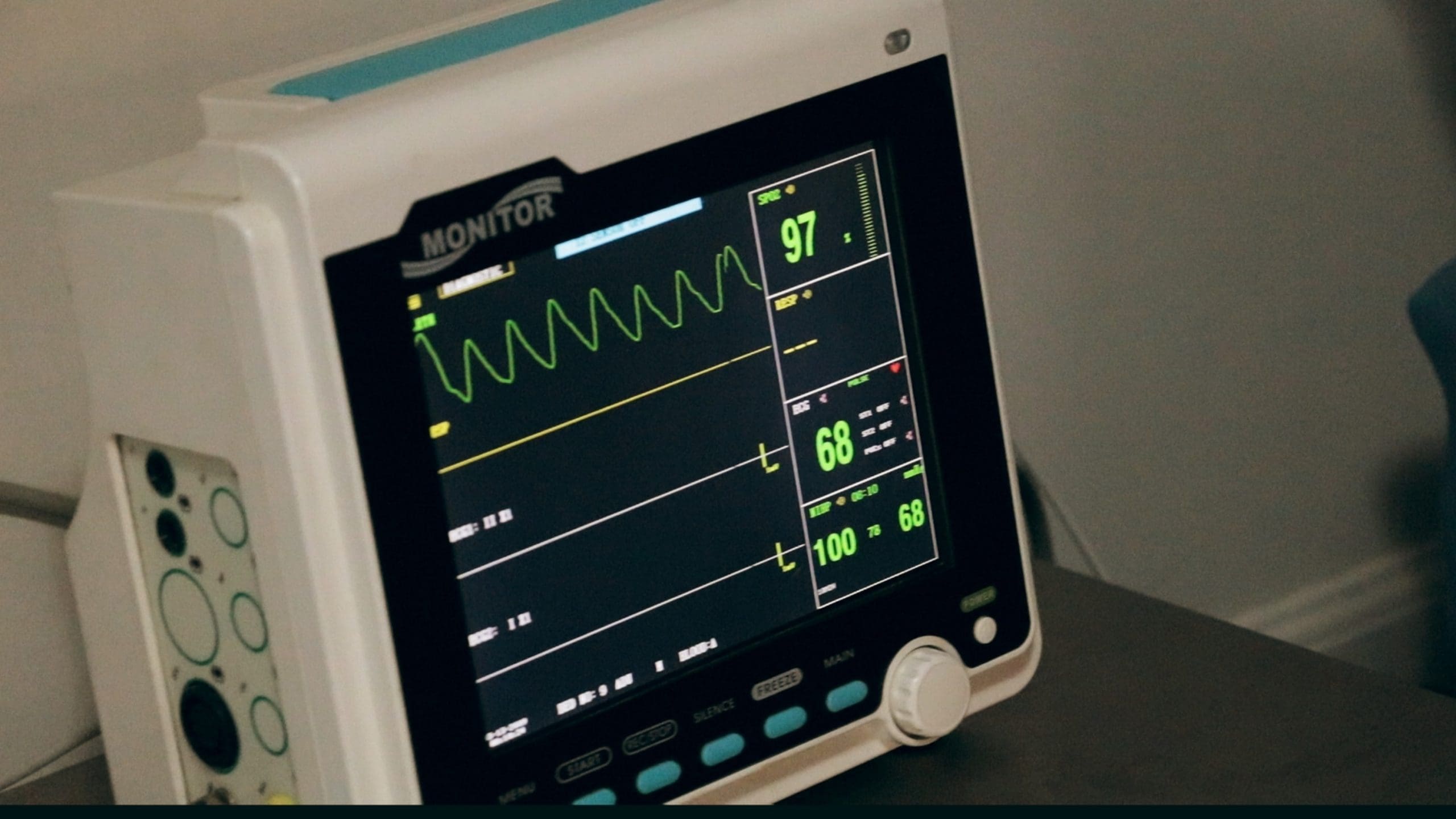Candace Baxter, a spry and witty 72-year-old, fell in the nursing home and fractured her hip. She was taken to the hospital for fracture repair. She has a history of stroke and postoperatively is placed in a room near the nursing station. Her uneventful recovery is interrupted when she’s found anxious and dyspneic shortly after consuming her liquid dinner.
History and assessment hints
Your initial assessment finds Mrs. Baxter short of breath, coughing, and unable to speak in full sentences. Her vital signs are blood pressure 140/88 mm Hg, heart rate 110 beats/minute (bpm), and respiratory rate 32 breaths/minute. Her oxygen saturation (Sao2) is 84% on room air.
Quickly reviewing her chart, you note a history of dysphagia. That, coupled with her apparent hypoxemia and increased work of breathing, makes you suspect aspiration, which can progress quickly to respiratory failure. Most likely, she inhaled oropharyngeal secretions or gastric contents into the larynx and lower respiratory tract.
Knowing aspiration can lead to aspiration pneumonia, you immediately give Mrs. Baxter oxygen 15 L by face mask on standing orders and call the rapid response team (RRT). The charge nurse notifies the patient’s physician of her condition.
On the scene
The RRT, which arrives within minutes, includes an intensive care nurse, a physician assistant (PA), and a respiratory therapist (RT). As they begin their assessment, Mrs. Baxter becomes confused. The PA notes wheezes and decreased breath sounds in her lung bases.
The RRT gives priority to securing her airway and minimizing pulmonary damage. They place her in a slight Trendelenburg position, turned to a right lateral decubitus position to aid drainage and avoid involving other lung areas. The RT immediately hooks up a suction apparatus and begins nasotracheal suctioning. Oxygen therapy is maintained to keep Sao2 above 90%. Peripheral I.V. access is established and clindamycin 600 mg is given as the drug of choice for treating aspiration. A STAT arterial blood gas test and portable chest X-ray are obtained.
Thirty minutes later, Mrs. Baxter is oriented. Her vital signs are blood pressure 128/74 mm Hg, heart rate 92 bpm, and respirations 24 breaths/minute. When you auscultate her lungs, you find improved air movement with continued decreased breath sounds in the right lung base.
Outcome
Now stable, she is transferred to the intermediate care unit for close observation for the next 24 hours, including continuous pulse oximetry monitoring. Nursing measures include elevating the head of her bed 30 to 45 degrees, providing aggressive pulmonary hygiene, and performing good oral care.
Education and follow-up
A review of Mrs. Baxter’s case confirms that her respiratory event stemmed from pulmonary aspiration. Her chest X-ray reveals a right lower lobe infiltrate. The physician orders a barium swallow study and evaluation by a speech therapist. You teach Mrs. Baxter and her family about aspiration and how to prevent a recurrence.
Aspiration is common in older adults with dysphagia. Aspiration of gastric juices, liquids, or food can cause a chemical burn to the lung. Aspiration of oropharyngeal material carries resident flora to the sterile lower respiratory tract.
Short-term complications of aspiration include atelectasis and acute respiratory distress syndrome. But the most common complication is aspiration pneumonia. Dysphagia increases the risk of aspiration pneumonia sevenfold. Silent aspiration is common even in healthy persons and occurs in up to 25% of acute stroke patients. Other risk factors include age older than 75, gastroesophageal reflux disease, chronic obstructive pulmonary disease, dementia, and poor nutritional status.
Mrs. Baxter was one of the lucky ones—able to avoid respiratory failure largely because of your astute assessment, critical thinking, and quick action.
Selected references
Cichero JA, Heaton S, Bassett L. Triaging dysphagia: nurse screening for dysphagia in an acute hospital. J Clin Nurs. 2009;18(11):1649-1659.
Eisenstadt ES. Dysphagia and aspiration pneumonia in older adults. J Am Acad Nurse Prac. 2010;22(1):17-22.
Loeb M, Becker M, Eady A, Walker-Dilks C. Interventions to prevent aspiration pneumonia in older adults: a systematic review. J Am Geriatr Soc. 2003;51(7):1018-1022.
Metheny NA. Preventing aspiration in older adults with dysphagia. AJN. 2008;108(2):45-46.
Shigemitsu H, Afshar K. Aspiration pneumonias: under-diagnosed and under-treated. Curr Opin Pulm Med. 2007;13(3):192-198.
Urden LD, Stacy KM, Lough ME. Critical Care Nursing: Diagnosis and Management. 6th ed. St. Louis, MO: Mosby; 2009.
An author and speaker on health and wellness, Michelle Fournier serves as a healthcare consultant with J.A. Thomas & Associates in Smyrna, Georgia.


















